Meet The Great Pyrenees: Gentle Guardians of the Flock

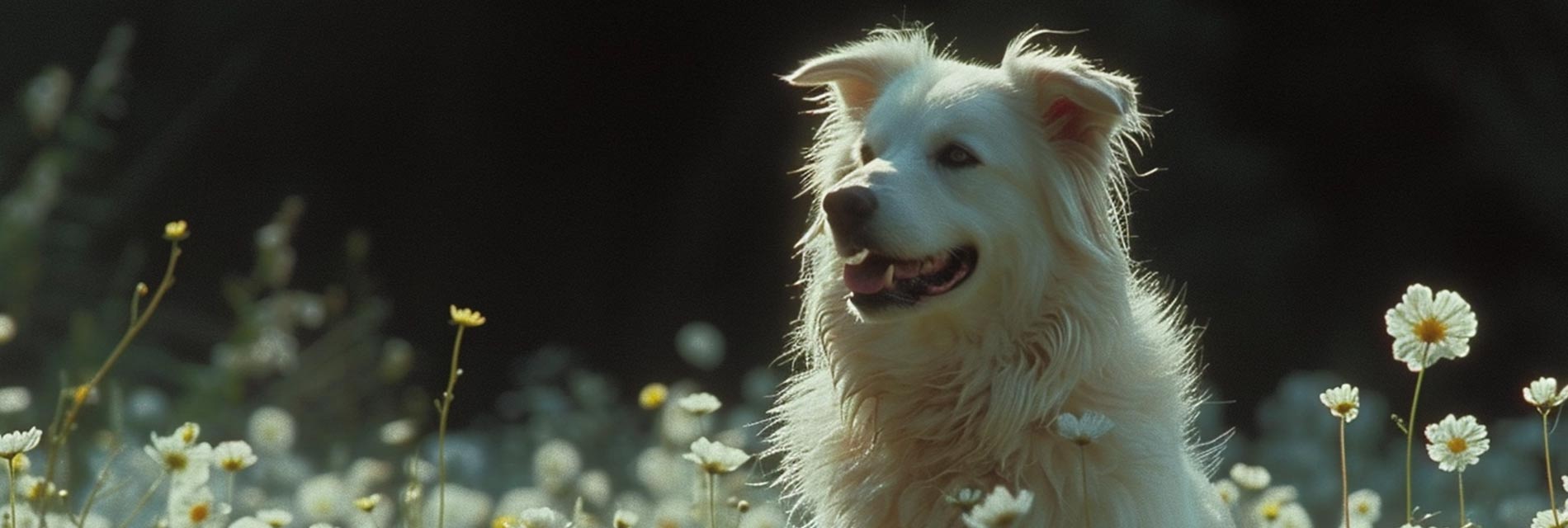
The Great Pyrenees, also known as the Pyrenean Mountain Dog, is a majestic and ancient breed that has been around for centuries. They have a rich history and have served various purposes throughout their existence. Originally bred to guard sheep and cattle in the Pyrenees Mountains of Southern France and Northern Spain, they were later used as royal and noble companions and even as war dogs.
Today, they are mainly kept as beloved family pets, but their protective instincts and loyal nature still make them a popular choice for guarding and working roles. In this blog, we will take a closer look at the physical features, characteristic traits, health, and lifespan of the Great Pyrenees breed.
Great Pyrenees: Origin and History
The Great Pyrenees, or the Pyrenean Mountain Dog, is a breed with a rich history dating back thousands of years. As per experts, the breed probably descended from large, white working dogs originally from Asia Minor (modern-day Turkey) around 10,000 years ago. These dogs then migrated westward with shepherds and their flocks, eventually reaching the Basque region near the Pyrenees (located between France and Spain) around 3,000 BC.
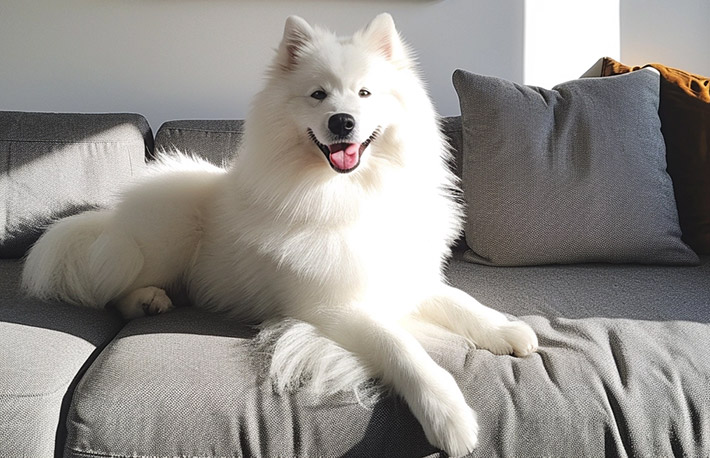
Then, isolated in the Pyrenees mountains, the breed developed unique traits that were suited to the environment and their role as guardians of the flocks. These dogs were highly valued by the indigenous people living in the Pyrenees Mountain region for their ability to guard livestock without human supervision, thanks to their calm nature and fierce protective instincts.
It is worth noting that the Great Pyrenees is a lupomolossoid as opposed to being a molossoids. This is because they have features like European Grey wolves: heavier bones, shorter muzzles, and thinner bodies. DNA evidence also suggests that the Great Pyrenees are not related to the Mastiff family but are more closely related to other Mediterranean breeds like the Komondor and Kuvasz.
Named Royal Dog in King Louis XIV’s Court
By the 17th century, the breed started gaining popularity in Europe. In 1665, the dog was adopted as a royal dog in the court of King Louis XIV. In their native France, these dogs are sometimes referred to as “Patou” or more formally as “Le Chien de Montagne des Pyrenees,” which translates to “the dog of the mountains.”
By the early 20th century, the breed’s numbers had dwindled due to a decrease in natural predators and crossbreeding. However, French kennel clubs in 1907 sought to preserve the breed by promoting the breeding of pure Great Pyrenees. The breed gained formal recognition in France in the late 1920s with the establishment of a breed club and the creation of the first breed standard.
The Great Pyrenees first arrived in the United States in the 1930s, thanks to the efforts of breeders who fell in love with the breed. The AKC (American Kennel Club) officially recognized the breed in 1935.
Great Pyrenees: Breed Overview Chart
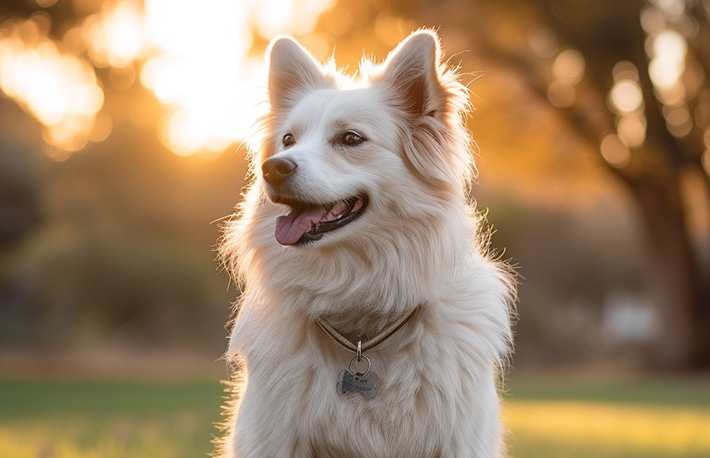
You can go through the chart given below to get a brief overview of the Great Pyrenees Dog Breed:
| Category | Features |
| Breed Group | Herding |
| Temperament | Gentle and Serious |
| Height | 27-32 inches (Male) 25-29 inches (Female |
| Weight | 100 pounds and above (Male) 85 pounds and above (Female) |
| Coat Type | Dense, weatherproof double coat |
| Coat Colors | Mainly white with Grey, Tan, Reddish Brown, and Badger markings |
| Lifespan | 10-12 years |
| Major Health Issues | Eye Disorders, Patellar Luxation, Elbow and Hip dysplasia, Neuronal Degeneration, |
| Energy | Calm, Laid Back |
| Intelligence | Highly Intelligent |
| Training Difficulty Level | Challenging To Train |
| Exercise Needs | Medium |
Great Pyrenees: Detailed Overview of The Breed
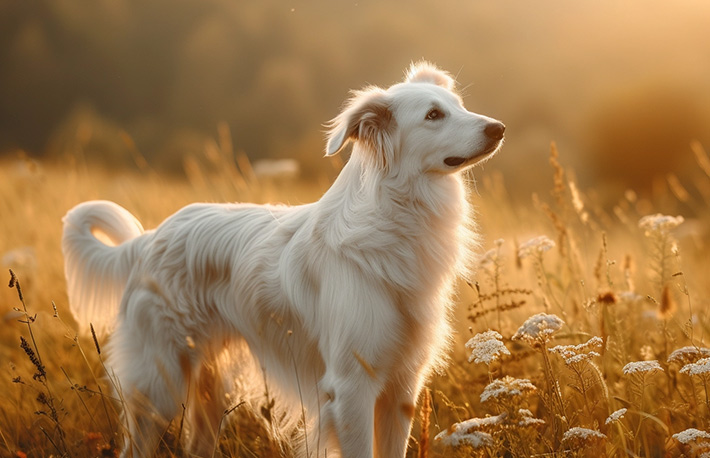
The Great Pyrenees, also fondly called Pyrs, is a majestic working dog breed with a unique set of characteristics.
Let’s delve deeper into their physical and behavioral traits to understand them better:
Size and Appearance
The Great Pyrenees is a large and powerful breed, with males standing at 27-32 inches tall and weighing between 100-160 pounds and females at 25-29 inches tall and weighing between 85-115 pounds. They have a thick double coat that comes in two color variations – white with markings of gray, tan, reddish-brown, or solid white. This dense coat protects them from harsh weather conditions and allows them to work in extreme temperatures.
Their heads are massive and wedge-shaped, with a broad skull and a strong jaw. They have small, almond-shaped eyes that are dark brown or amber in color, giving them a wise and attentive expression. Their ears are triangular and set high on their head, slightly dropped and covered in long, soft fur. These features give them an overall majestic appearance, making them an imposing and impressive breed.
Their body is muscular and well-proportioned, with a deep chest and a strong, broad back. They have long, straight legs with powerful, sloping shoulders, allowing them to move with grace and agility. Their tail is long and bushy, often carried low when at rest and raised when alert.
Temperament
The Great Pyrenees are known for their calm and gentle demeanor, making them excellent family companions. They are affectionate and devoted to their owners, often forming strong bonds with them. However, their protective nature and territorial instincts make them wary of strangers, and they can be reserved and aloof with unknown people or animals. Early socialization is crucial to ensure that they are well-adjusted and friendly towards other dogs and pets.
As a breed bred to guard and protect, the Great Pyrenees are courageous and fearless. They have a natural sense of authority and will not back down from any potential threat to their family or territory. This trait makes them reliable guardians, and their imposing size and loud bark are often enough to deter intruders. However, it is essential to train and socialize with them well, as their protective instincts can sometimes lead to aggression towards other dogs or people if not properly managed.
Great Pyrenees are intelligent and independent thinkers, which can make training a bit challenging. They need a confident and consistent leader who can establish rules and boundaries while using positive reinforcement techniques. Harsh or forceful training methods will not work with this breed and can damage their trust and bond with their owners. They excel in activities such as obedience, agility, and even therapy work, showing that they are not just capable of guarding but also of being versatile and well-rounded dogs.
Lifespan and Health Issues
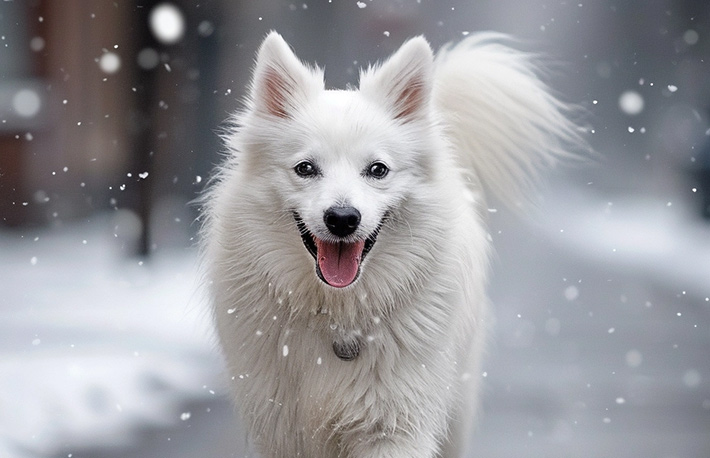
The Great Pyrenees are a generally healthy breed, with an average lifespan of 10-12 years. However, like all breeds, they are prone to some health issues that owners should be aware of.
We have discussed these health issues in detail below:
Hip and Elbow Dysplasia
One common health problem in Great Pyrenees is hip and elbow dysplasia, a condition where the joints do not develop correctly, leading to pain and discomfort. It is important to get a puppy from a reputable breeder who screens their dogs for these conditions to reduce the risk of passing it on to their offspring.
Bloating
Another health issue to watch out for is bloat, a life-threatening condition where the stomach fills with gas and can twist on itself, cutting off blood flow. Bloats can occur in any breed, but it is more common in large, deep-chested dogs like the Great Pyrenees. To prevent this condition, it is recommended that they are fed multiple small meals throughout the day instead of one large meal, and vigorous exercise should be avoided immediately after eating.
Eye Issues
Other potential health concerns for Great Pyrenees include eye problems such as cataracts and glaucoma, as well as heart conditions like aortic stenosis and mitral valve disease. Responsible breeders will screen their dogs for these issues and provide potential owners with health clearances. Regular vet check-ups and a healthy diet and exercise routine are also crucial for maintaining the overall health and well-being of this breed.
Training & Exercise Needs
The Great Pyrenees is a breed that commands respect due to its size, appearance, and protective instincts. They are affectionate with their family and are known to be calm, patient, and confident.
However, these dogs also have an independent streak, a trait stemming from their days of working on their own as livestock guardian dogs in the mountains. Their independent nature can make training challenging.
So here are some tips and tricks that can make the process of training a Great Pyrenees a bit easier.
- Positive Reinforcement: Ditch harsh corrections and focus on rewarding good behavior with treats, praise, and affection. This motivates them to learn and keeps training sessions positive.
- Patience and Consistency: Pyrs can be stubborn, so be patient and consistent with your commands. Repetition is key to ingraining desired behaviors.
- Short Training Sessions: Keep training sessions short and engaging to avoid boredom. 10–15-minute sessions spread throughout the day can be more effective than long, drawn-out sessions.
- Make it Fun: Incorporate games and positive interactions into training to keep your Pyr interested and motivated.
- Focus on Essentials: Prioritize basic obedience commands like “sit,” “stay,” “come,” and leash walking. A well-socialized Pyr with good recall is much safer and more manageable.
Exercising the Gentle Giant
Great Pyrenees may not be high-energy dogs, but they still have exercise needs. Here are some tips on how to exercise these gentle giants and keep them mentally and physically stimulated.
- Moderate Daily Activity: Aim for 30-60 minutes of exercise daily, ideally split into two walks or playtime sessions. This helps manage their weight and keeps them mentally stimulated.
- Walks with Sniffing Exploration: Don’t just power walk; let your Pyr sniff and explore their surroundings during walks. This mental stimulation is crucial for their well-being.
- Beyond Walks: Explore activities like hiking, jogging (once fully grown), or backyard games of fetch or frisbee.
- Age Considerations: Be mindful of your Pyr’s age. Puppies shouldn’t be over-exercised to protect their developing joints. Consult your vet for exercise recommendations for growing pups.
- Mental Stimulation: Don’t underestimate the importance of mental exercise. Puzzle toys, scent work games, or basic obedience practice at home can all help tire out your Pyr’s mind.
Great Pyrenees: Cost and Where to Buy
The cost of a Great Pyrenees puppy can vary a great deal depending on several factors, such as the pedigree of the dog and the breeder’s reputation. For instance, a breeder may charge between $1,000 and $2,500 for a pet-quality Great Pyrenees puppy. Meanwhile, the cost of a show-quality pup from a champion lineage starts at $6000 and can go up further.
However, if you are considering adopting a Great Pyrenees from a shelter near your home, you only need to pay the adoption fee. The fee amount can range from $50 to $500 and generally includes the cost of vaccination and spay/neutering costs. In some cases, the fee also includes the shelter’s cost for caring for the dogs, such as medical expenses, food, and shelter operations.
Are The Great Pyrenees a Suitable Breed for You?
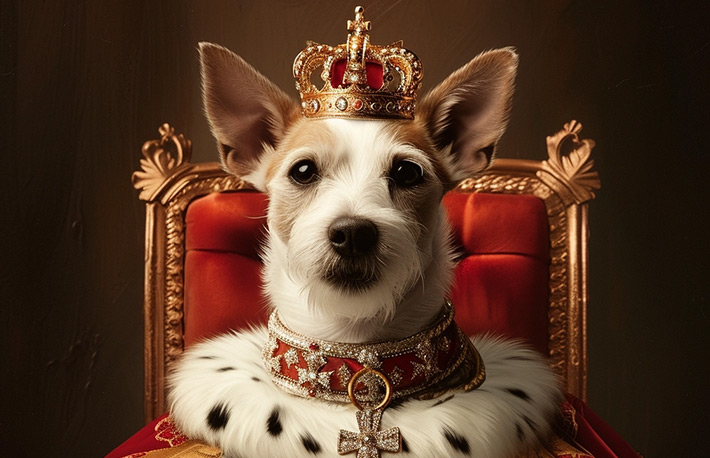
The Great Pyrenees is a majestic dog breed, highly valued for its calm demeanor and protective nature. However, they may not be suitable pets for everyone. This is because these gentle giants require a lot of space to run around and expend their energy. Moreover, while not a super energetic breed, Pyrs benefit from daily walks or hikes to keep them stimulated.
Therefore, an active family or an individual who enjoys spending a lot of time outdoors would be a perfect match for the Great Pyrenees. In addition, a house with a fenced yard will be more suitable for the Pyrenees Mountain Dog compared to an apartment.
Another thing to remember about the Great Pyrenees is that they have an independent streak and can be quite stubborn at times. Hence, training them can be quite a challenging task for first-time dog owners. This is why dog owners who have experience in handling large breeds will be more suitable for them.
Wrapping Up
The Great Pyrenees are a remarkable breed with a rich history and a wide range of impressive qualities. From their majestic and imposing appearance to their calm and gentle demeanor, they make excellent companions for households and working roles alike. With the right care and attention, the Great Pyrenees can be a loyal and loving companion for their entire lifespan, making them a cherished and treasured member of the family.






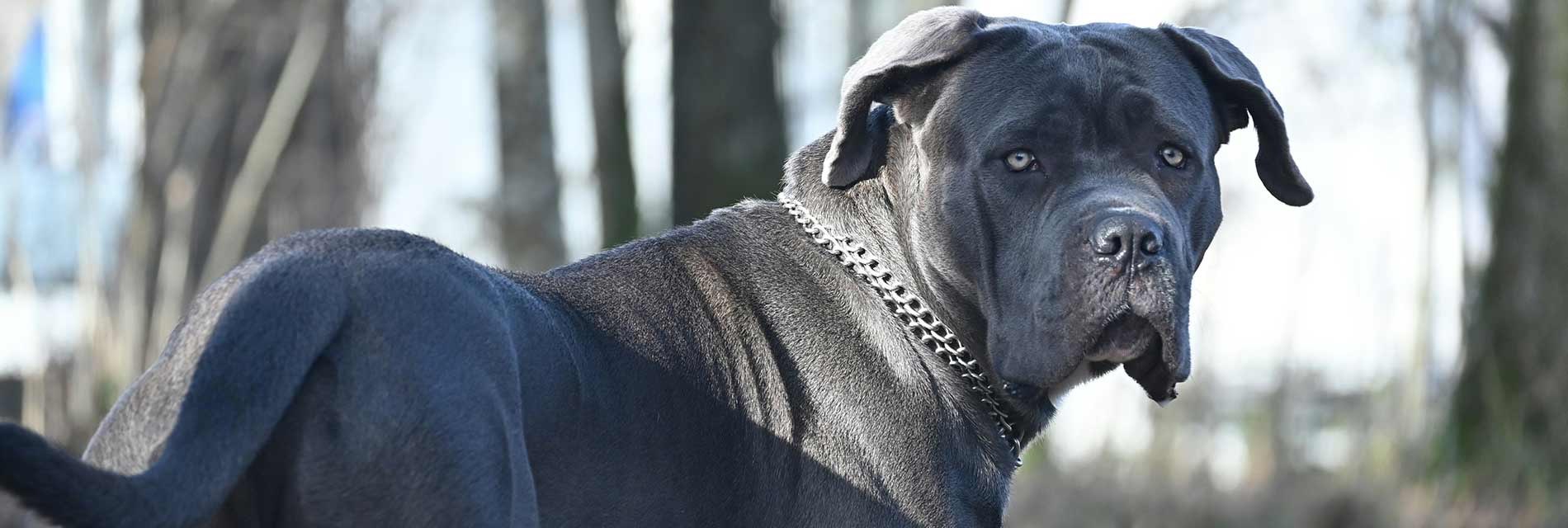
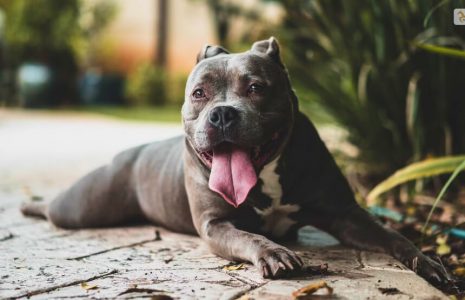
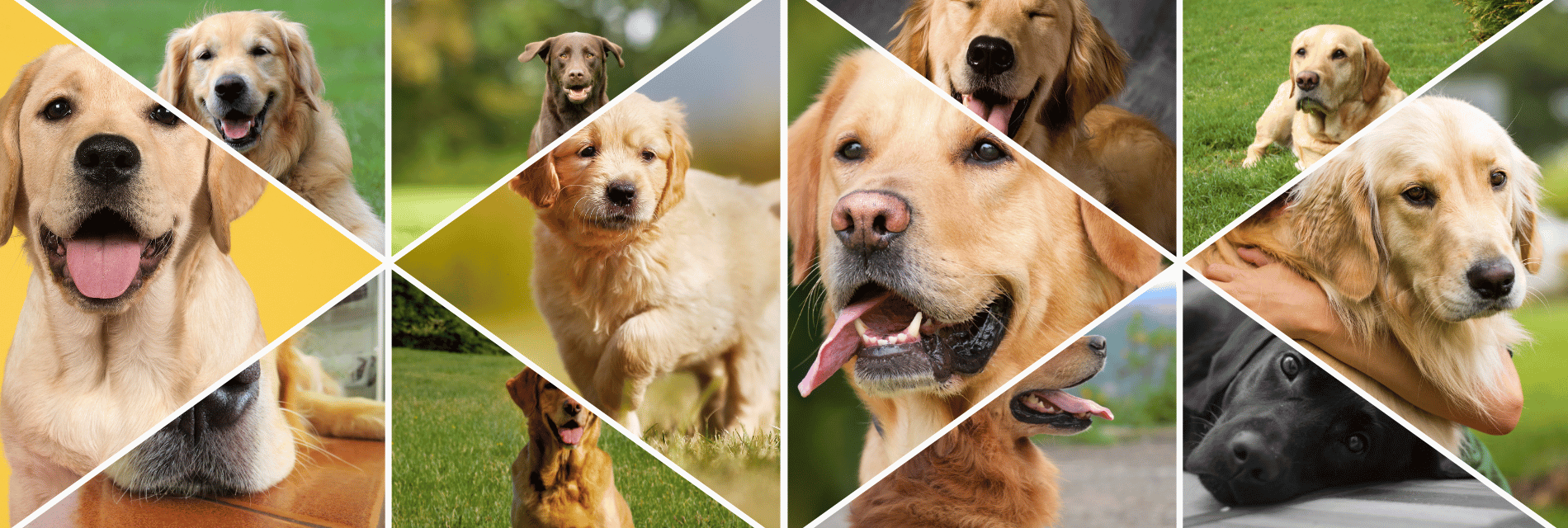
Leave A Comment